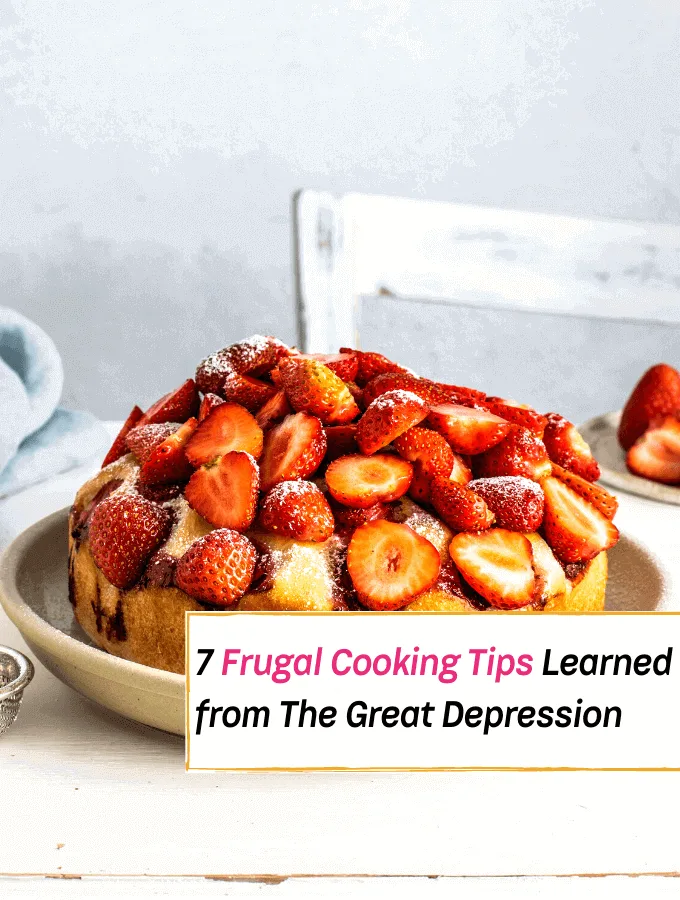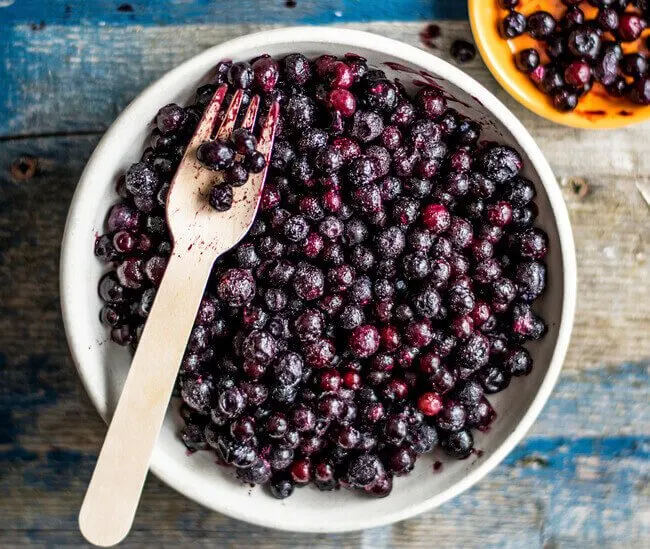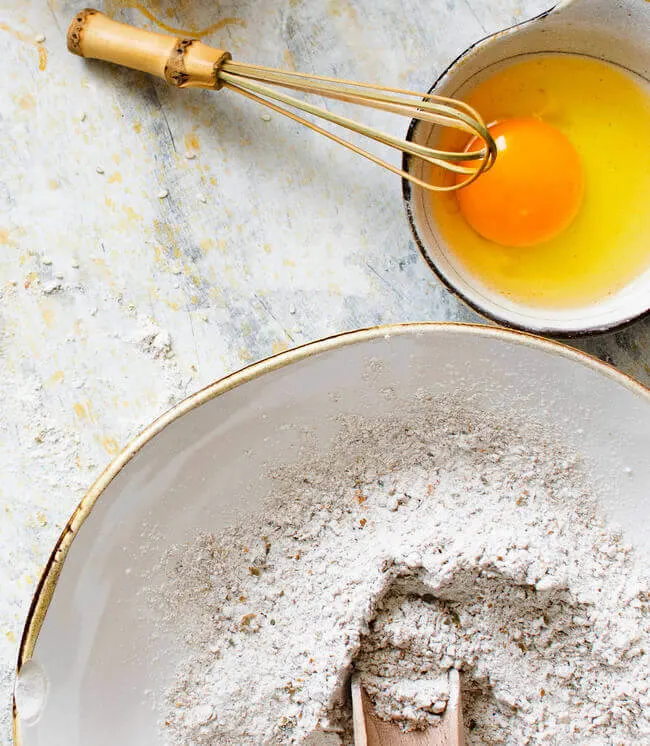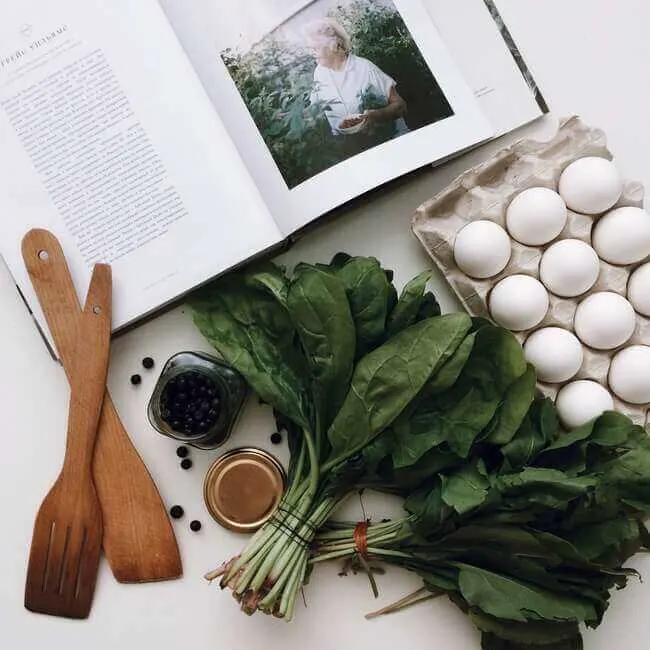
Food is something that we all take for granted until opening a door to a bare fridge.
Thankfully, we live in an era with social assistance and a stable food supply, but that wasn’t always the case.
The people of the Great Depression didn’t have those luxuries.
They had to eat whatever they could get their hands on, so they would do whatever it took to make it palatable.
Money was in short supply, so everything revolved around saving that extra penny, especially in the kitchen.
Those hard times have passed, but thankfully, we’re still left with the frugal wisdom of the era.
If you’d like to form a new perspective on food and save a few bucks in the kitchen, then check out these seven frugal cooking tips from the Great Depression.
Similar topics:
- 10 Things in the Kitchen That Are Making You Sick
- 6 Solid Good Reasons Why It’s Important To Shop With A Grocery List
- The Best Money Lessons Learned From The Great Depression That Are Priceless
See Also:
Curious about how you can save even more money while you shop for food? Check out 11 Clever Ways to Save Extra Money on Groceries here!
7 Frugal Cooking Tips from The Great Depression

1. Cheaper Cuts of Meat.
Filet Mignon may be tasty, but it’ll cost you an arm and a leg.
Depression-era cooks didn’t have access to fancy cuts of meat.
In fact, they would sometimes resort to breading and frying citrus peels to simulate chicken when times were really tough.
Although meat wasn’t always on the menu during the great depression, these hardy people would make the most of any meat they could find, and they wouldn’t turn their nose up at a tough cut either.
Cheaper cuts still have the potential to be very tasty; they just have to be cooked the right way.
Tough cuts of meat often end up very tender and delicious when slow-cooked, smoked, or marinated. To learn more about cuts of beef, Grow NYC has published a great rundown of all things beef at grownyc.org.
2. Buy the Right Amount.
According to a USDA study, the average household wastes over 30% of the food they obtain.
That means that roughly three in every ten food dollars are thrown into the rubbish bin and more information on this fascinating study can be found at medicalnewstoday.com.
Often, food waste results from overbuying. People think that they’re getting a real deal when buying large quantities, but that’s not always the case.
While it is possible to save money by buying food in bulk, frugal folks often end up spending way too much on food that they’ll never actually eat.
In fact, those who had to suffer through the Great Depression often had to live hand to mouth, so they didn’t even have the luxury of buying their food in bulk.
When they could get their hands on large quantities of food, they’d cook it quickly to avoid waste or spoilage.
Moreover, while it may seem counterintuitive, spending a little more for a quantity of food that you’re certain will be eaten is much better than simply stocking up.
Now, if you’re a precise meal prepper, then buying in bulk is fine since it will probably result in no spoilage.
If you buy something in bulk for 20% off per unit, but half of it spoils because you never developed a solid plan to use it, then you’ll end up wasting more money than if you would have simply bought a smaller amount at a higher price.
This isn’t a slam against buying in bulk; it’s just a warning to not over ambitiously buy more than you can really use.
3. Foraging.

In the Great Depression, people would eat whatever they could find.
Thankfully, there are plenty of edible treats growing outside for free, so when the pantry was empty, these destitute people didn’t have to starve.
Now, you may not be in a Depression-era financial crisis, but that doesn’t mean that you can’t enjoy some of the free goodies that mother nature provides.
Mushrooms and berries are two of the most common items to forage for.
Mushrooms are high in protein, and even a small amount can greatly enhance the flavor of any dish.
If you end up going mushroom hunting, just make sure that you know exactly what you’re getting.
Edible and poisonous mushrooms can occasionally be hard to distinguish, so make sure that you’re confident in your mushroom knowledge.
Berries are great for desserts, breakfast dishes, sauces, and so much more.
To help you learn more about foraging, green living consultant Elizabeth Waddington has outlined a list of common items to forage at ethical.net.
4. Substitutions.
Although you may be missing an ingredient, that doesn’t mean that you can’t make up for it with something else.
The people of the Great Depression were always a day late and a dollar short in the pantry, so they’d often have to rely on whatever was on hand to fill the gap.
Eggs were often in short supply, so Depression-era cooks would often resort to things like mixing vinegar and baking soda or adding applesauce as a substitute.
If you want to be a more versatile cook, then check out this long list of useful ingredient substitutes at foodnetwork.ca.
5. Cook From Scratch.

According to the Bureau of Labor Statistics at www.bls.gov, the average American adult in 2018 spent $3459 on takeout while spending $4464 on groceries.
That means that the average person spent over 4% of their income on takeout.
As we all know, the food at restaurants and takeout joints is highly marked up, so you end up getting a lot less for your money.
Your Depression-era family members would roll over in their graves if they knew that you were spending that much!
You can cook restaurant-quality food for a fraction of the price at home.
If you’re smart about it, then you can save time this way too. Calling in for takeout, waiting, driving there, and driving back is a very time-consuming endeavor.
While you’re waiting for your food to be made, you can’t really break much ground on something productive.
By cooking delicious meals at home, you’re saving a boatload of money, and you’re saving a little time while building a valuable skill.
6. Grow your own food.
Depression-era households would do whatever they could to get by, and that included gardening.
Starting a garden may seem like a daunting task, but it doesn’t have to be.
To have a simple and effective garden, you just need to think like someone from the Great Depression. They didn’t have the resources to grow veggies that they’d waste, so they often prioritized vegetables that were delicious, nutritious, and easy to grow.
This useful article at thompson-morgan.com can teach you how to grow some of the easier vegetables to include in your garden.
7. Be Creative.

Necessity is the mother of invention, and Depression-era cooks knew a thing or two about necessity.
They would often come up with the most wildly outlandish solutions to food shortages.
While that doesn’t mean that you have to fry citrus peels or add sawdust to your bread dough, you can still take inspiration from the ingenuity of the cooks of that time.
If you want something a little more palatable than sawdust, check out this awesome collection of these great depression recipes to get started on some simple yet tasty Depression-era dishes.
There’s no doubt that we can always learn from our ancestors to create a better tomorrow.
Whilst we can’t control what’s going on in the world, we can always control how we react to whatever circumstances we find ourselves in.
It’s all about learning how to be more self-sufficient and live more thriftily, much as our ancestors did. If you would like to learn more, read the next article below!
See Also:
Check out, The Best Money Lessons Learned From The Great Depression That Are Priceless, next!
You may also like:
- How To Stalk Your Pantry In Case Of An Emergency
- 10 Things In The Kitchen That Are Making You Sick
- 6 Solid Good Reasons Why It’s Important To Shop With A Grocery List
Author: Everything Abode
Welcome to Everything Abode, your daily inspiration for every activity at home!
Our goal is to inspire you to live an elegant and chic lifestyle from the comfort of your home.
We’ll help you express yourself through authentic style, aesthetic beauty, and stylish home decor.
30+ Fall Pumpkin Recipes That Are Super Easy To Make
12 Best Sleep-Inducing Foods To Help You Sleep Soundly
15 Most Weight-Loss-Friendly Foods On Earth (Supported By Science!)
8 Simple Ways to Slim Down & Lose Weight While Plant Based
8 Intermittent Fasting Tips To Lose Weight Easily
7 Easy Meal Planning Tips For Total Beginners
Subscribe to Get the Tools That Make My Blog Successful!

When you join my newsletter, I'm going to send you insider advice and tools that I use to grow my blog! I only save the BEST for my email list so don't wait!


